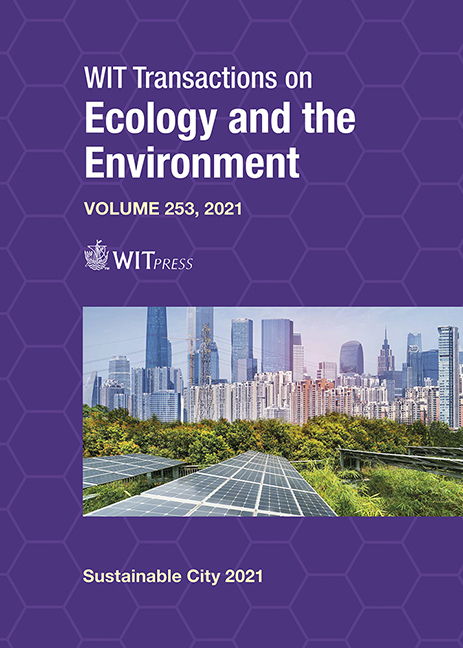RESPONSIVE FAÇADES DESIGN USING NANOMATERIALS FOR OPTIMIZING BUILDINGS’ ENERGY PERFORMANCE
Price
Free (open access)
Transaction
Volume
253
Pages
12
Page Range
397 - 408
Published
2021
Size
1,307 kb
Paper DOI
10.2495/SC210331
Copyright
Author(s)
HEBA NABIL ABDEL AZIZ, MOHAMED IBRAHIM ABDELALL
Abstract
According to the International Energy Agency (IEA) buildings and construction sector globally is showing an increase in both emissions and energy use, limited progress on new and existing policies, and a further slowdown in energy-efficiency investment growth. In the meantime, 40–60% of all energy used in buildings is affected by the design and construction of building façades therefore, considering sustainable strategies for energy efficiency of building façades are very important. Responsive façades can improve buildings’ energy performance as they create an adaptive environmental filter around the buildings with the ability to interact with the outdoor conditions. New building façades materials and technologies are needed to encourage construction towards nearly zero-energy buildings. For this reason, the construction industry recently started combined the use of nanomaterial with conventional building material. These adaptive nanomaterials can be integrated into buildings’ responsive façades, based on the specific material properties that can be modulated. To vary their solar properties (transmission, absorption and reflection coefficients) as well as their heat transfer (thermal conductivity). This research presents a comprehensive overview of responsive façades detention and classification through novel information focused on the systems which use active nanomaterials to enhance buildings’ energy efficiency.
Keywords
adaptive nanomaterials, energy efficiency, energy performance, nanomaterials, phase change materials, responsive façades, shape memory materials





